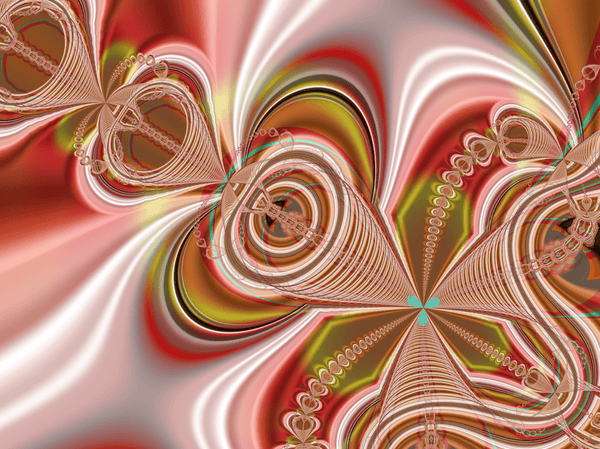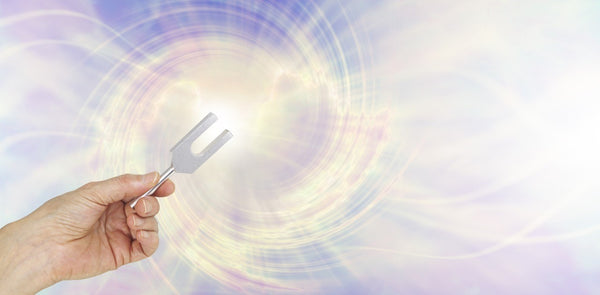A Playground that Builds Trust

© Joachim Schultz, July 2017
Last month I wrote about the auto-regulating properties of the intricate system that is our body, titled “Enjoy the Ride”
I was advocating the stepping-back-and-listen approach to movement, allowing the body to work without interfering.
But how do we learn, not to interfere on the deeper levels. Listening in and letting go is comparatively easy. After a while, I can catch my coarser patterns reasonably quickly. And this will allow for much more freedom and ease of movement for sure.
And suddenly we stand in front of the next seemingly closed door.
Tuning in to deal with nearly automatic or deeply ingrained patterns is a game that can be incredibly frustrating at times, but utterly revealing and rewarding if we dare to go deeper down the rabbit hole.
Here on this level I have found, that it is nearly always about fear and trust.
If I don’t trust myself, my body, my capabilities, my environment, my equipment or similar modalities completely, my movement is bound to be hindered by my body’s fear response.
It is a good thing too that my body can respond like this. If I am not completely ready, it might be healthier and better for myself not to do what I am about to do, and to freeze or to run for it no matter what, until I feel safe again.
However, there is a downside to this. As all automated physical responses, it is a rather broad salve, often raising an alarm where it is not necessarily needed.
Any fear on any level will in particular activate the superficial and deep sheets of tissue (muscles and connective tissue) in front of the spine.
As all our vital organs are presented openly to the world, a strong fear response, the “startle response” looks as follows:
As you can see, the whole front is contracting and pulling everything together to protect, and the same happens in the deeper layer. It goes together with a freeze.

As you can see too, this is in less dramatic expression an often found body holding pattern.
It surely is apparent, that if a contraction such as this happens, movement cannot be efficient anymore. Any slight response to fear will create some of this. Meaning the body cannot operate from a relaxed neutral anymore.
Next time you exercise in your chosen field, experiment with this:
Think of something that scares you (and be gentle, no need to re-traumatise) and see how it alters an easy exercise of your choice.
(Pilates people, you might want to chose the reformer footwork)
If you do this, you hopefully discover two things about yourself:
- a) Yes it alters my movement, making it less efficient and more strained.
- b) This is how my body responds to fear while I am moving.
The effect of b) is what I have started to work with more and more lately with students, clients and myself. If I know how it feels in my body when I am scared, I have the chance to catch it, if it is even only ever so slight.
So next time you want to dig deeper into an exercise, that still does not feel free after everything you have learned to let go already, watch for the signs of fear. I can nearly guarantee you that there will be some. Then try to establish a sense of trust.
Probably you don’t really need to be afraid of footwork or the rollback on the caddie.
Maybe just telling yourself, that you are safe, and you can trust your body will be enough.[i]
The upside to this is obvious.
You learn to recognize your body’s response to fear and deeply ingrained fear-patterns without necessarily needing to know where these fears come from. Obviously if you get memories and pictures and you suddenly get to know the why, by all means use it. Maybe you then want to follow different approaches to deal with discovered sensations that have floated to the surface. In my opinion there is no need to dig for it while tuning into the body though. If I can learn to move into a feeling of trust and safety when I recognize fear on a physical level, chances are the background of the fear, that has ingrained itself so deeply into me, that it has become a physical expression, will resolve, with or without my conscious knowledge.
So how can the Pilates studio setting be a playground for this?
It surely is not the only one, but when I approached my training from this angle, I suddenly realised, that in the studio, there are varied possibilities of fear and trust.
Do you really trust the springs?
Do you trust the rungs of the barrel and that it does not tip over when you throw yourself back in a twist?
Do the chair balance controls feel safe?
These are some of the obvious choices to show up strong fear responses in a lot of clients.
You surely have the ones that trigger you or have triggered you in the past.
To the ones where you think you have overcome the fear, listen closely. Chances are, before you even noticed, your body has prepared for fear, even if it doesn’t feel like that at all anymore. Still, there might be that little bit of over recruitment of the rectus for the teaser on the chair, or those gluts that feel rock solid and too hard working in the ballet stretches on the reformer or something like this.
Obviously, if you ever fell off a piece of apparatus during an exercise these are the exercises to put under special scrutiny.
All the work with the springs and movable settings will create fear at first and a deeper sense of trust if overcome.
Have you ever watched your clients doing something that they have been doing for a long time, and where you would love to get some change into their pattern, but it is just not budging?
A too strong hold in the 100’s anyone? A frozen Rectus Abdominus during the teaser?
Watch your client, when they prepare. Have them close their eyes and think the movement without executing it. You will see and they will feel that their whole pattern already happened in this instant before moving. Modern imaging of movement preparation in the brain seems to suggest that the preparation is so quick, that the brain areas light up, before we are even aware that we want to move.
When I notice this tightening and hardening response in preparation, I have discovered that I can quite often equate it with a sense of fear. At one point this exercise might have felt strenuous or difficult or it was one of the most hated exercises (ask your class about the teaser and their thoughts…)
I never ask my clients or myself what there is to be afraid of. I try to make them or me aware that a form of fear is manifesting in the body, and try to coach into trust.
I find the Pilates studio is the perfect playground for this, because I can show up responses of fear in a reasonable secure environment. And I can make it stronger noticeable through some exercises and then translate it and break it down to the undercurrent that is running through the system sometimes in everything the body does.
To go on this journey can be intense and was and still is for me. To personally discover, that fear can run my body on a nearly constant undercurrent, that pain issues and strong holding patterns resolve through trust and that I can trust my body and enjoy the ride even more has been the reward.
The other day, movement suddenly felt free, spontaneous, bouncy and like a child’s need again for the first time since I was about 6, before all the layers of must do’s, sport and fear hid the true joy that my moving body can be.
The ride has become more joyful still, and I can only hope that I have peaked your interest to go down the rabbit hole, eat the cake to make you big and move away from unnecessary fear to trust.
© Joachim Schultz July 2017
I would like to apologise to the non-Pilates readers. As Pilates is my main field of research and experiment, I chose from here on examples from that field. Please translate it as best you can into your own modalities.
Also in Articles

The Integral Body: The Deep Front Line - Our Axis - Our Self
The Deep Front Line – Our Axis – Our Self -
Connecting to this deep and hidden line of fascia is connecting to the deepest parts of your self.

Exploring the Upper Four

